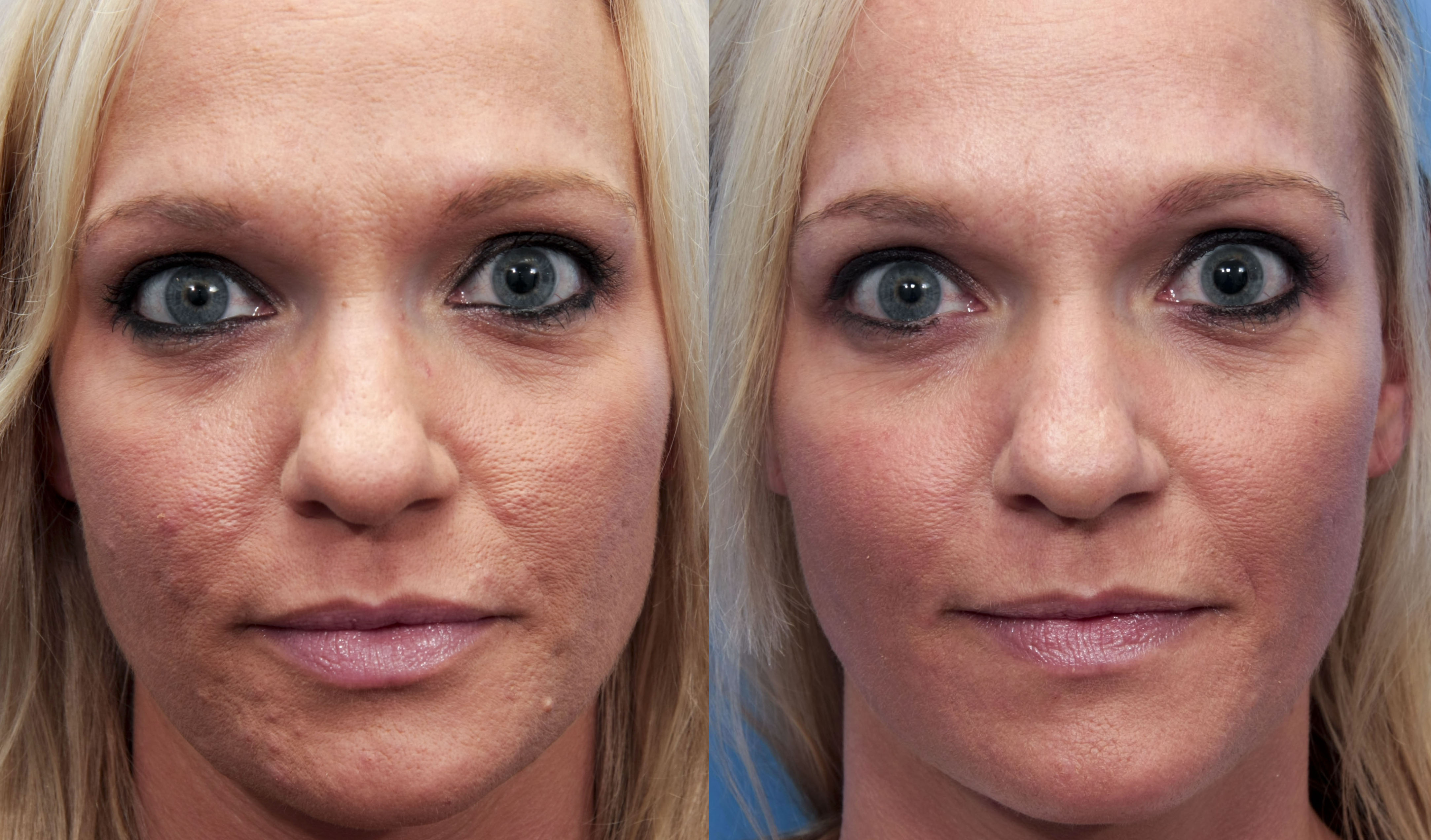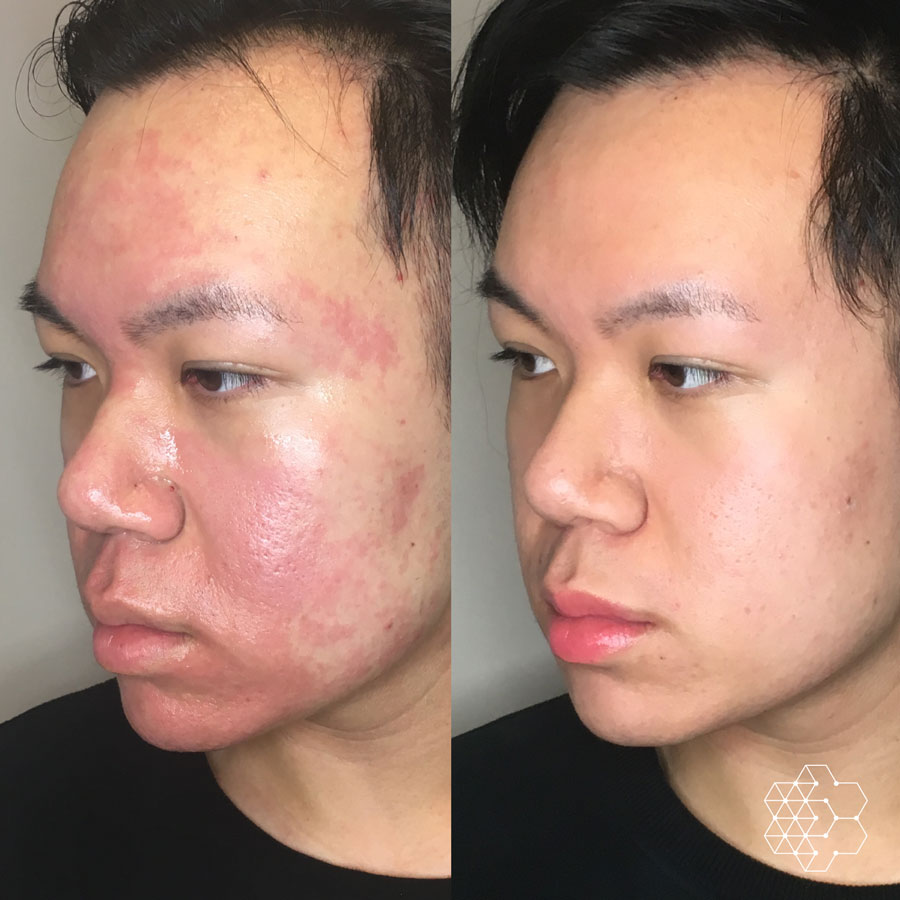Targeted Acne and Acne Scars Treatment: Redeem Your Clear Skin
Wiki Article
Understanding the Numerous Skin Problems and Reliable Treatment Alternatives for Acne Marks
Acne marks stand for a complex interplay of skin problem that dramatically impact individuals' self-worth and overall skin wellness. Recognizing the distinctive kinds of acne scars-- hypertrophic and atrophic-- alongside their underlying reasons, is essential for establishing reliable therapy strategies. Numerous restorative choices exist, ranging from innovative dermatological procedures to natural remedies. The efficiency of these therapies usually hinges on customized assessments by certified experts. As we explore the landscape of acne scar management, it comes to be obvious that the trip toward clearer skin may entail greater than just topical remedies.Kinds Of Acne Scars
Acne marks can manifest in various kinds, each needing specific treatment strategies. The 2 primary groups of acne scars are hypertrophic and atrophic scars. Atrophic marks are identified by a loss of tissue, resulting in clinically depressed locations on the skin. These scars are more classified right into three subtypes: ice pick scars, which are deep and slim; boxcar scars, which are bigger and have distinct edges; and rolling marks, which create a wave-like appearance as a result of irregular skin texture.On the other hand, hypertrophic scars arise from an overflow of collagen during the healing procedure, bring about elevated areas on the skin. These marks are typically firm and can differ in color, often appearing red or darker than the bordering skin.

Sources Of Acne Scarring
Marking happens as a result of the body's all-natural recovery response to swelling and injury created by acne sores. When acne forms, it activates an inflammatory response, resulting in the release of different cytokines and development elements that advertise recovery. This procedure can occasionally lead to excessive tissue formation or inadequate repair work, resulting in marks.The key causes of acne scarring include the intensity of the acne itself, period of the lesions, and private skin types. Extreme inflammatory acne, such as cysts and nodules, is more probable to result in scarring due to much deeper tissue damage. Additionally, inappropriate handling of acne sores, such as picking or pressing, can worsen tissue injury and swelling, boosting the chance of scarring.
Hereditary tendency also plays a significant function; people with a family history of scarring go to a higher risk. Additionally, skin type and color can influence mark formation, as darker complexion might experience post-inflammatory hyperpigmentation, while lighter skin may establish atrophic marks.

Treatment Alternatives for Scarring
Effective therapy options for acne scarring differ depending upon the kind and seriousness of the scars. Normally classified into atrophic, hypertrophic, and keloid scars, important source these conditions call for tailored techniques for ideal results.For atrophic marks, which are defined by a loss of cells, therapies such as chemical peels, microdermabrasion, and laser therapy are frequently utilized. These techniques advertise skin revival and stimulate collagen production, therefore enhancing skin texture. Subcision, a minimally invasive procedure, can also be effective by separating coarse bands beneath the skin.
Hypertrophic and keloid scars can be a lot more challenging to deal with. Choices consist of corticosteroid shots to lower inflammation and flatten the scars. acne and acne scars treatment. In many cases, cryotherapy or laser treatment might be advised to minimize their appearance
Surgical options are readily available for severe scarring, where excision or skin grafting may be necessary. It's vital for individuals to consult with a skin specialist to assess their specific mark type and discuss one of the most suitable therapy strategy. Incorporating multiple therapies often generates the very best end results, guaranteeing that each individual's unique skin disease is attended to efficiently.
Home Solutions and All-natural Solutions
All-natural remedies and home solutions can offer an easily accessible strategy for people looking for to improve the appearance of acne scars. Various components located in the home kitchen area have shown possible benefits in improving skin structure and advertising recovery.Applying fresh aloe vera gel straight onto the marks can aid enhance skin hydration and minimize redness. Honey possesses natural anti-bacterial and moisturizing qualities that can aid in scar recovery.
about his
One more reliable option is lemon juice, which works as a natural exfoliant and can lighten hyperpigmentation. Nonetheless, it ought to be made use of meticulously, as it may create photosensitivity. Oatmeal masks are likewise advantageous; their mild peeling can aid eliminate dead skin cells while soothing inflammation.
Vital oils, such as tea tree oil and lavender oil, can better sustain mark recovery as a result of their antimicrobial residential properties. It is important to execute a spot examination prior to applying any kind of remedy to guarantee there are no damaging reactions. These all-natural options can be a corresponding approach in the trip to lessen acne marks.
Avoiding Future Scarring
Embracing an aggressive approach to skincare can considerably lower the risk of establishing future acne marks. Routine cleansing, exfoliation, and hydration can aid keep skin health and wellness and advice prevent clogged pores.Additionally, avoiding the lure to squeeze or select acne lesions is important, as this can cause inflammation and succeeding scarring. Rather, people should concentrate on applying topical treatments that advertise healing and lower swelling. Ingredients such as salicylic acid, benzoyl peroxide, and retinoids are known for their efficacy in managing acne and lessening scars.

Finally, preserving a healthy and balanced diet regimen abundant in anti-oxidants and staying hydrated assistances skin regeneration. By carrying out these safety nets, individuals can significantly reduce their risk of future scarring and promote overall skin wellness.
Verdict
To conclude, a thorough understanding of acne marks, including both atrophic and hypertrophic kinds, is essential for reliable therapy strategies. Tailored treatments, including specialist treatments and home solutions, can dramatically improve skin appearance and appearance. Preventative procedures additionally play a crucial duty in lessening future scarring. Examination with a dermatologist stays crucial to design tailored techniques that think about individual skin kinds and scar intensity, ultimately enhancing the efficacy of mark monitoring techniques.Acne scars stand for an intricate interplay of skin problems that significantly effect individuals' self-esteem and general skin wellness. The 2 main classifications of acne marks are hypertrophic and atrophic scars. These marks are more classified into three subtypes: ice pick scars, which are narrow and deep; boxcar marks, which are larger and have distinct edges; and rolling marks, which produce a wave-like appearance due to unequal skin appearance.
A complete appointment with a skin doctor can aid figure out the most ideal intervention, taking into account the person's skin type, mark extent, and total skin wellness.
Assessment with a skin doctor remains crucial to design individualized techniques that consider specific skin types and scar seriousness, eventually boosting the efficacy of scar administration methods.
Report this wiki page